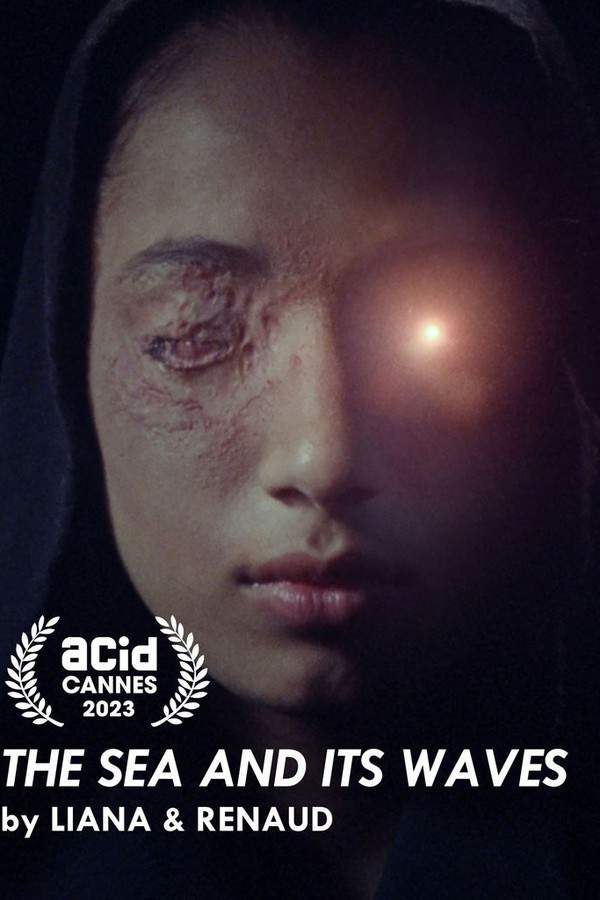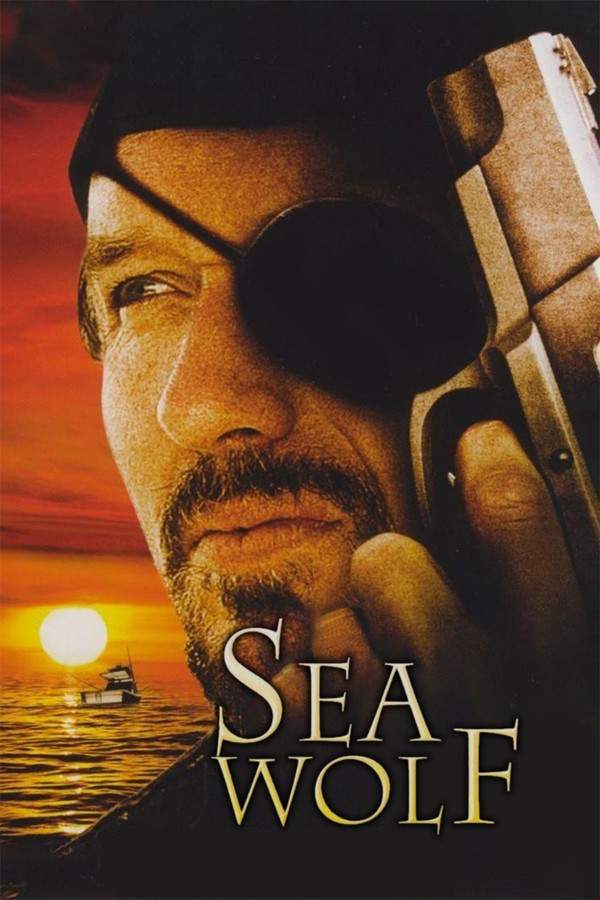The Old Man and the Sea 1958

An aging Cuban fisherman, Santiago, dreams of his youthful days filled with sailing ships and incredible catches. He reflects on a time when the sea offered abundant rewards, now contrasted with his current, difficult circumstances. The story explores themes of perseverance, respect for nature, and the enduring spirit of a man facing the challenges of age and loss.
Does The Old Man and the Sea have end credit scenes?
No!
The Old Man and the Sea does not have end credit scenes. You can leave when the credits roll.
Meet the Full Cast and Actors of The Old Man and the Sea
Explore the complete cast of The Old Man and the Sea, including both lead and supporting actors. Learn who plays each character, discover their past roles and achievements, and find out what makes this ensemble cast stand out in the world of film and television.
External Links and Streaming Options
Discover where to watch The Old Man and the Sea online, including streaming platforms, rental options, and official sources. Compare reviews, ratings, and in-depth movie information across sites like IMDb, TMDb, Wikipedia or Rotten Tomatoes.
Ratings and Reviews for The Old Man and the Sea
See how The Old Man and the Sea is rated across major platforms like IMDb, Metacritic, and TMDb. Compare audience scores and critic reviews to understand where The Old Man and the Sea stands among top-rated movies in its genre.

49
Metascore
tbd
User Score

65
%
User Score
Take the Ultimate The Old Man and the Sea Movie Quiz
Challenge your knowledge of The Old Man and the Sea with this fun and interactive movie quiz. Test yourself on key plot points, iconic characters, hidden details, and memorable moments to see how well you really know the film.
The Old Man and the Sea Quiz: Test your knowledge about the classic film The Old Man and the Sea from 1958.
What is Santiago's primary goal at the beginning of the movie?
To catch a fish
To sail around the world
To find treasure
To teach Manolin
Show hint
Awards & Nominations for The Old Man and the Sea
Discover all the awards and nominations received by The Old Man and the Sea, from Oscars to film festival honors. Learn how The Old Man and the Sea and its cast and crew have been recognized by critics and the industry alike.
The 31st Academy Awards 1959

Cinematography (Color)
Music (Music Score of a Dramatic or Comedy Picture)
16th Golden Globe Awards 1959

Full Plot Summary and Ending Explained for The Old Man and the Sea
Read the complete plot summary of The Old Man and the Sea, including all major events, twists, and the full ending explained in detail. Explore key characters, themes, hidden meanings, and everything you need to understand the story from beginning to end.
As dawn breaks, Santiago, a weary fisherman, embarks on his skiff with a desperate hope to end his long stretch of eighty-four days without a catch. Known as “salao” — the epitome of bad luck — he has seen his former apprentice Manolin abandon their shared dreams of the sea. Despite this grim reality, Santiago finds a glimmer of joy in their morning exchanges; Manolin brings him food, and together they discuss their favorite baseball player, the legendary Joe DiMaggio. As Manolin departs, Santiago drifts into memories of better days, a serene reminder of his youth.
The next morning, armed with determination, Santiago heads out early, aiming to face the mighty Gulf Stream. His luck shifts momentarily with a small albacore, yet this trifling catch only foreshadows the formidable struggle that lies ahead. Soon, he finds himself in an epic clash with a colossal marlin, a battle that tests his strength and spirit to the limit. Days stretch into a blur of fatigue and hunger as Santiago clings to his boat, finding sustenance from the very fish he seeks to conquer.
Just as hope begins to dwindle on the horizon’s third sunset, Santiago faces an even greater challenge: relentless sharks begin to circle his hard-won prize. With desperation, he crafts a spear from an oar and knife, engaging in a fierce struggle against the predators. Each encounter drains him further until he finally collapses, utterly spent.
The marlin, now a ruined shell of its former grandeur, stands as both a trophy and a reminder of Santiago’s own frailty against the implacable forces of nature. As he returns to shore, the skeletal remains of his catch lay testament to his brutal fight. Manolin, witnessing Santiago’s struggle, sheds tears of empathy that soothe the old man’s weary spirit, igniting a flicker of hope for the future amid the harsh realities of their lives.
In an unexpected twist, Santiago awakens from his slumber to enchanting visions of the sun-drenched African beaches, where lions roam majestically. This dreamscape offers a brief escape from the unforgiving existence that awaits him. He returns to his modest shack, haunted by the stark image of the marlin’s remains, a poignant symbol of his vulnerability in an indifferent universe.
Uncover the Details: Timeline, Characters, Themes, and Beyond!

Coming soon on iOS and Android
The Plot Explained Mobile App
From blockbusters to hidden gems — dive into movie stories anytime, anywhere. Save your favorites, discover plots faster, and never miss a twist again.
Sign up to be the first to know when we launch. Your email stays private — always.
Watch Trailers, Clips & Behind-the-Scenes for The Old Man and the Sea
Watch official trailers, exclusive clips, cast interviews, and behind-the-scenes footage from The Old Man and the Sea. Dive deeper into the making of the film, its standout moments, and key production insights.
Cars Featured in The Old Man and the Sea
Explore all cars featured in The Old Man and the Sea, including their makes, models, scenes they appear in, and their significance to the plot. A must-read for car enthusiasts and movie buffs alike.
The Old Man and the Sea Themes and Keywords
Discover the central themes, ideas, and keywords that define the movie’s story, tone, and message. Analyze the film’s deeper meanings, genre influences, and recurring concepts.
The Old Man and the Sea Other Names and Titles
Explore the various alternative titles, translations, and other names used for The Old Man and the Sea across different regions and languages. Understand how the film is marketed and recognized worldwide.
Similar Movies To The Old Man and the Sea You Should Know About
Browse a curated list of movies similar in genre, tone, characters, or story structure. Discover new titles like the one you're watching, perfect for fans of related plots, vibes, or cinematic styles.
Quick Links: Summary, Cast, Ratings, More

What's After the Movie?
Not sure whether to stay after the credits? Find out!
Explore Our Movie Platform
New Movie Releases (2026)
Famous Movie Actors
Top Film Production Studios
Movie Plot Summaries & Endings
Major Movie Awards & Winners
Best Concert Films & Music Documentaries
Movie Collections and Curated Lists
© 2026 What's After the Movie. All rights reserved.





